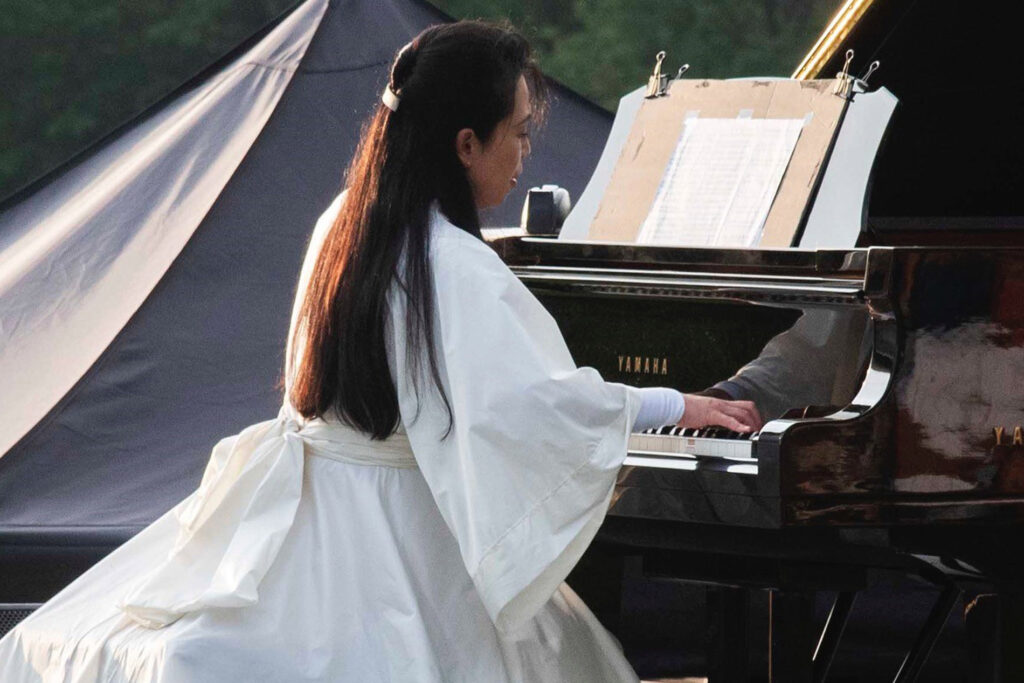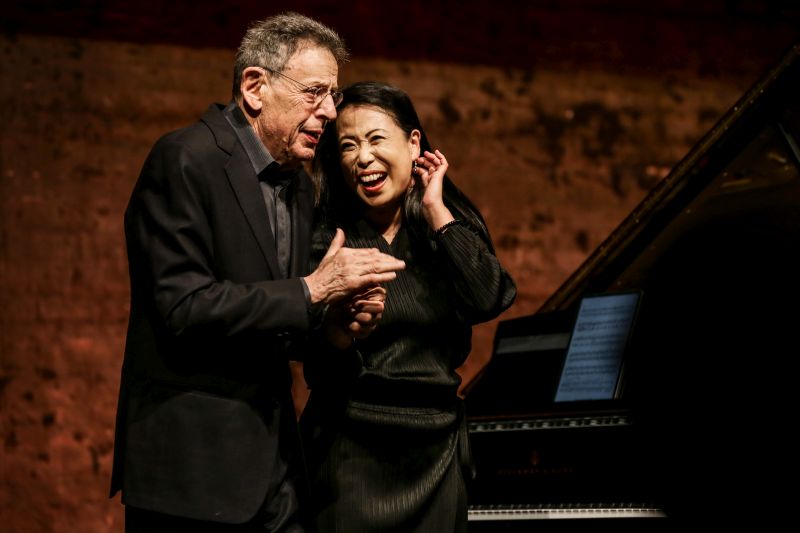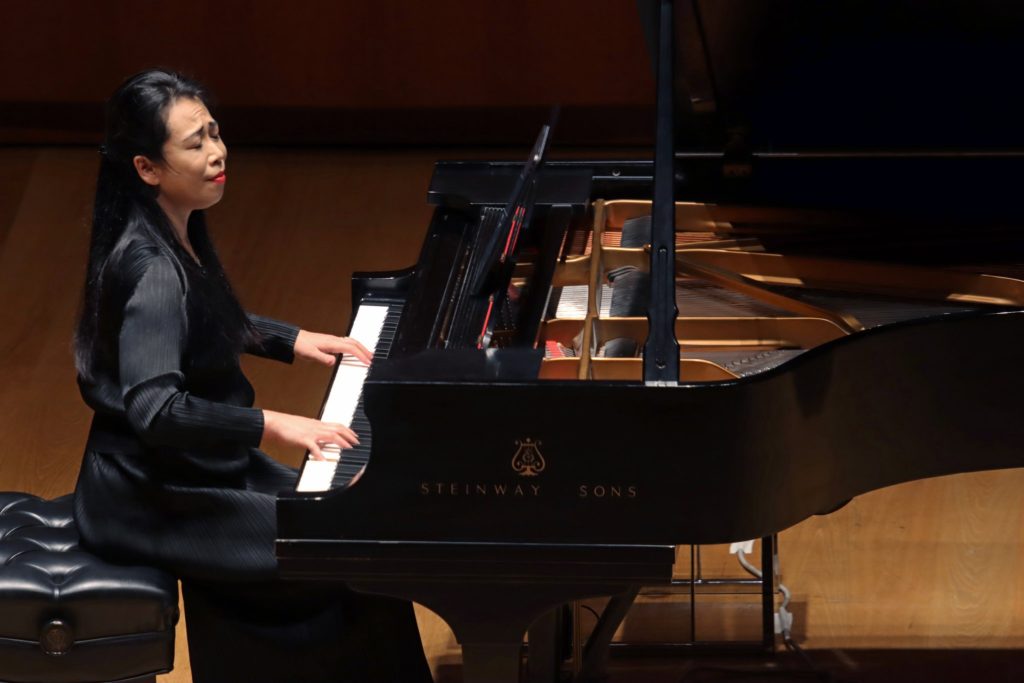
Philip Glass’ Piano Sonata
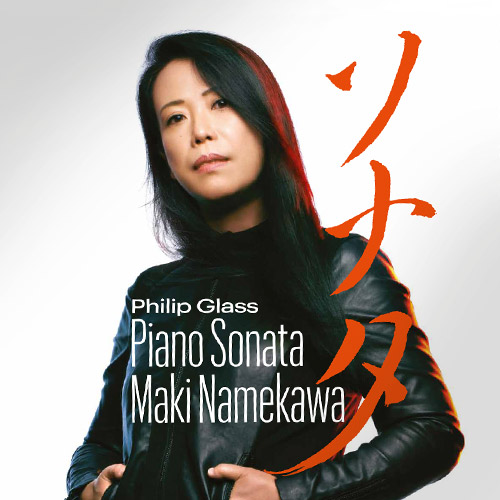
“The biggest thing with new music is how to realize it. It’s an issue of how to write it down but it’s also about how to actually play it.”
Philip Glass
When asked about his legacy and influence, Philip Glass has shrugged off the idea of being placed in the pantheon of great composers. He has seen too many “great” composers all but disappear from the repertoire in his own lifetime. Inasmuch he’s stated, “If I’m to be remembered for anything, it will be for the piano music, because people can play it.” This is a bold statement from a composer of 25 operas, dozens of which are performed worldwide every season – twelve symphonies, thirteen concertos, and nine string quartets.
For almost two decades Glass wrote exclusively for his own ensemble. It was out of necessity, as he belonged to an emerging generation of composers who could not, would not rely on classical orchestras and emsembles to perform their music.
So Glass composed for his own Philip Glass Emsemble of woodwinds and keyboards. Later, in the 1980s Glass started to tour as a solo pianist/ advocate for his own music. That is the reason so much of the piano music for many years remained unpublished. It was also a practical concern : as a working musician, Glass explained that “if you wanted to hear my music you had to hire me.”
It was only later, as his music became more prominent that there was more interest in the music than he could accommodate by himself with his own performances. While the piano music he composed was for himself and his own level as a pianist, soon other pianists became interested. The music itself also started to change. We see in the second book of piano etudes that Glass began to compose beyond his own abilities as a pianist, and that only a pianist on the level of Namekawa, could perform the music with the technical proficiency that it required.
In late-June 2019, Glass discussed his Piano Sonata, talking about his relationship to the piece and to Maki Namekawa as the soloist. His assertion is that any music which is truly new or original has to confront two big issues: notation and performance practice. The first Piano Sonata is a piece “bursting with ideas”. These are ideas which in the first run-throughs of the piece seemed totally unconnected. Emerging through time, both Glass and Namekawa together began to understand how those ideas are connected. Glass stated, “The piece is too difficult for me to play. I can play some of it, sing some of it. But I won’t really know what it sounds like until someone like Maki performs it.” The challenge of the piece came to be the process, for both the composer and the performer, to understand it.
This is a fine point, not a question of analysis, but rather a question about how to play new music. The piece was composed, and could be played as soon as the music was printed. However, what Glass is talking about is discovering “How to get from A to Z. When that happens, that is when the real piece emerges.”
When Glass was reached in New York during intensive work sessions with Namekawa two weeks before the world premiere, he simply asked, “What is a piece, that’s never been performed before?”
The Glass Piano Sonata is 30 minutes long and is cast in three movements. Glass says that the piece is related to his work of the past two or three years, like his Symphony No.12 (2019) or his Percussion Quartet (2018), works that address the ways that specific instruments play the material.
“I began to write in a new way. This is the most sophisticated form of these ideas. I began to see how the music unraveled. It turns out that the piano is the best place to work out these kinds of things. It works like that sometimes for composers. That’s the case with the Berg Piano Sonata.”
When we think about Glass’ early music, like “Music in 12 Parts” and “Music in Similar Motion”, the pieces themselves, even the names of the pieces, are about process. He composed those pieces in a real, authentically new, and truly viable musical language. For this, Glass needed his own group to become experts on how to perform it. He says, “Any new musical language requires a new technique. There’s no way around that. The Philip Glass Ensemble took many years to become fluent in that language.” No other music, not even Glass’ own music could really prepare Namekawa for what she was talking on.
Namekawa recounted, “I got the music the third week of April 2019. I had a dress rehearsal for a big orchestral concert in Vienna on which I was the soloist. As I was about to go to the dress rehearsal, I opened my email and found that to see the finished score for the Glass Piano Sonata had arrived. I had an inner battle about whether I should open it or not because I had other music to work on. In the end, I didn’t have a choice, I had to open it !”
“When I started to play it, I couldn’t believe it. I was in shock. This was a new style of music. I thought immediately of playing Stravinsky : There are “wrong” notes but they are strange and so beautiful. “
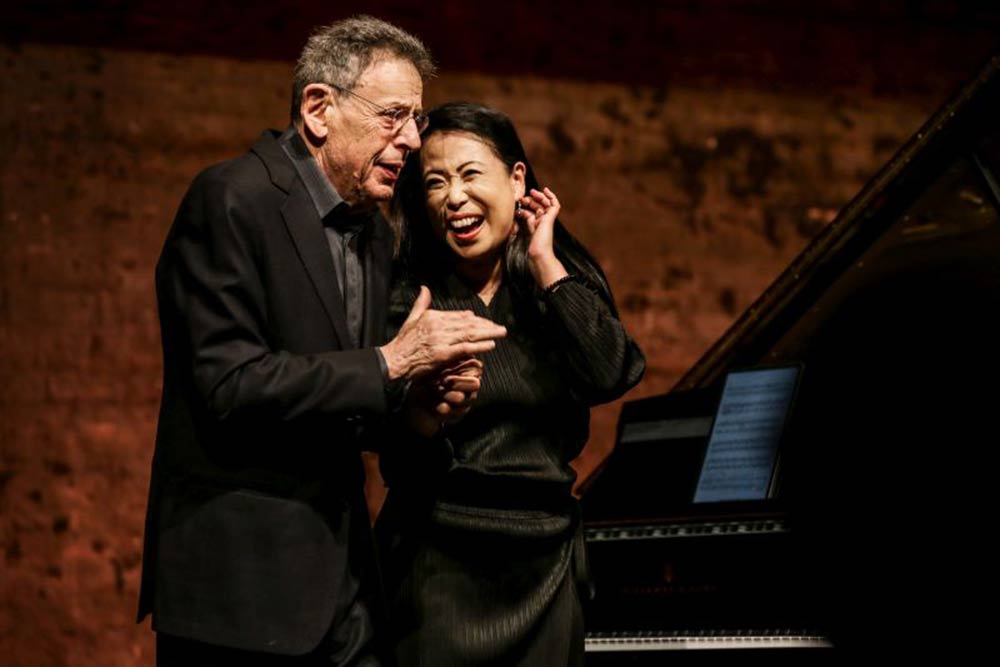
Glass and Namekawa started the process of working on the piece together while on tour in Spain in May of 2019. Namekawa says, “This also has been a journey for me, with Philip, on this piece, a musical journey.” When Glass was asked what the piece was about, he said “The big idea of the piece is how to play the piece.” Namekawa says at on point Glass told her that the left and the right hands have different personalities, which turned out to be a key to unlocking the piece for her. In the third movement of the Sonata, she had been playing in several different tempos, but when she found these “personalities”, the piece emerged, and she immediately thought “It worked !”
The ideas in the Piano Sonata are very much about this process. What the composer and performer were going through in Barcelona and New York was “absolutely necessary” as part of the creation of the piece and it had less to do with the notes on paper, but rather with how the piece revealed itself to the creators ( composer and performer ) and ultimately the audience.
Glass ended by saying, “Maki is in the soup with me in discovering what the piece itself is. Musical material is bouncing in between movements and we need to find what needs to happen to put the piece together. What seem like a bunch of funny things at first become parts that pull the piece together. Familiarity breeds understanding. We ourselves are only beginning to understand. It’s great that it’s someone like Maki. We can discover and say : This is how it’s supposed to go.”
Text : Richard Guerin
Reviews:
Fjord Magazine: Kaatsbaan Festival 2022 NY / USA
Fjord Magazine by Karen Greenspan „Renowned for her interpretations of Glass’s works for piano, pianist Maki…
Namekawa breathes this music… -> Frankfurter Allgemeine Zeitung Review
On July 4th, 2019 Maki Namekawa premiered the Piano Sonata by Philip Glass at Pianofestival…
NYTimes Review
New York Times, Nov, 20 2019, by Zachary Woolfe, Photo by Hiroyuki Ito Review: Philip…
